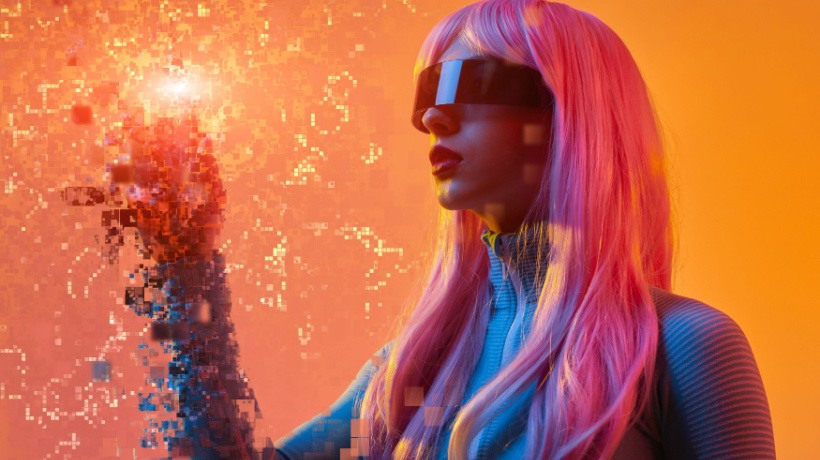Immersion With And Without Technology
In today’s context, immersive experiences might involve the use of various technologies, like Virtual or Augmented Reality, that create a simulated environment where the user may interact realistically and responsively. In a truly immersive experience, the user will feel as if they are truly present in the environment or engaged in the activity rather than observing it from a distance.
What Is An Immersive Experience Without Technology?
For some, even dreaming is an inherent form of an immersive experience inside the human body. While sleeping, we are teleported into a virtual environment. We may or may not have control of the environment in our dreams, but nonetheless, it is still an immersive experience. Now, what about daydreaming? Would you define that, too, as an immersive experience?
The Evolution Of Immersive Experiences
Immersion seems very trendy to us nowadays, but it has existed for ages. Sanjay in Mahabharata seeing and narrating the events to his blind king Dhritarashtra is an example of an immersive experience through storytelling. Storytelling in its most native form has the power to create an immersive experience by engaging the sense of hearing and one’s imagination without the use of technology or simulated or virtual environments. But it is a precursor to modern immersive learning as it involves narrative and storytelling to create an engaging and memorable experience that stimulates the imagination and encourages active participation in the story.
There is an omnipresent and growing interest in the concept of the “sensory” and the idea that an aesthetic experience could be used to stimulate and educate the senses. This leads us to the development of various immersive cultural experiences like the immersive theater, where audiences are encouraged to engage with the play on a sensory and emotional level. In addition, some forms of 18th-century literature, such as the epistolary novel and travel narratives, can be seen as immersive experiences that transport readers to a different time and place to allow them an experience from a completely different perspective and culture.
Modern-Day Use Cases
The future of immersive technology is exciting, full of possibilities, and ever-changing. As technology advances, we may expect to see even more realistic and sophisticated immersive experiences that provide greater interactivity and engagement. Here are a few possible fields where we might see immersive technology soon:
- Increased use in education and training
Immersive technology has the potential to transform education and training by providing learners with engaging and interactive experiences that allow them to practice and apply skills in a realistic, yet safe context. - More realistic simulations
This could include everything from virtual travel and exploration to training simulations for high-stress or dangerous jobs. - Greater integration with other technologies
Immersive technology will likely become more integrated with other technologies, such as Artificial Intelligence and the Internet of Things. This could allow for even more personalized and adaptive experiences that respond to the user’s needs and preferences. - Entertainment
Theme parks may use immersive technologies further to create rides or attractions that transport their visitors to another world or provide unique sensory experiences. - Advertising and marketing
VR/AR experiences may allow consumers to interact with products realistically and engagingly. This will help buyers in decision-making. - Therapy and healthcare
Immersive experiences can be used in the context of therapy and healthcare to provide patients with engaging and interactive experiences that can help reduce stress, anxiety, and pain. For example, Virtual Reality experiences might be used to provide distraction therapy for patients undergoing painful procedures. - Architecture and design
Immersion can be used in the context of architecture and design to provide clients with realistic and engaging representations of building designs. For example, architects might use Virtual Reality technology to create immersive 3D models that allow clients to experience building designs realistically and interactively.
Conclusion
The list can go on and on; immersive experiences can take many forms, such as interactive simulations, virtual environments, and Augmented Reality overlays, and can be used in a variety of educational settings, from K-12 schools, higher education, corporate training, various professional development programs, sales, marketing, and much more. The ultimate goal is to create an experience that is so engaging and memorable that learners can retain knowledge and apply skills long after it has ended.

